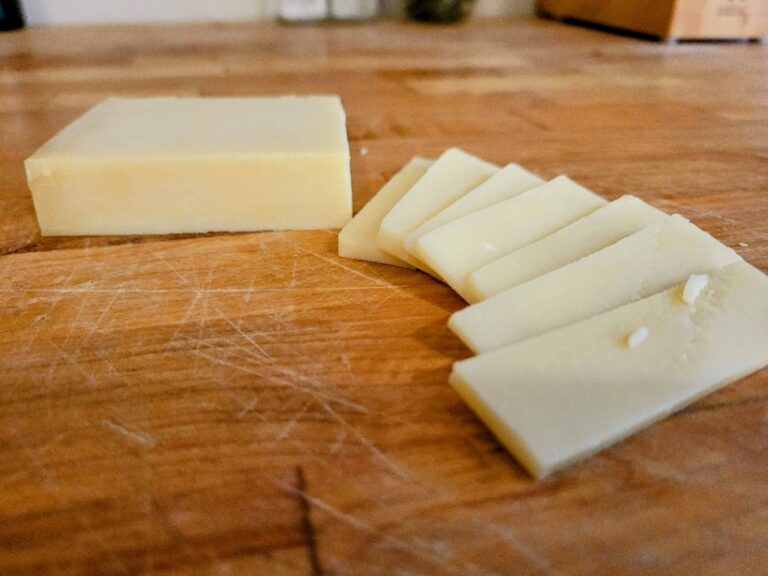Gruyère cheese, a beloved favorite among cheese lovers, offers a delightful combination of flavors and textures.
With its nutty and slightly sweet taste, Gruyère is a Swiss milk cheese with a rich and creamy texture. With its nutty and slightly sweet taste, Gruyère tastes buttery with hints of fruitiness and subtle earthy undertones.
Whether melted over a warm dish or enjoyed on its own, Gruyère’s velvety smoothness enhances the overall indulgence factor. Its nutty flavor, fruity notes, creamy texture, and buttery richness make it an irresistible choice for any cheese connoisseur.
Table of Contents
Flavor Profile of Gruyère Cheese
Originating from the Gruyère region in Switzerland, this cheese is made from cow’s milk and has a slightly grainy texture. As Gruyère ages, the flavors intensify and transform from a creamy, nutty character in younger cheeses to a more earthy, caramelized, and savory note in the older ones.
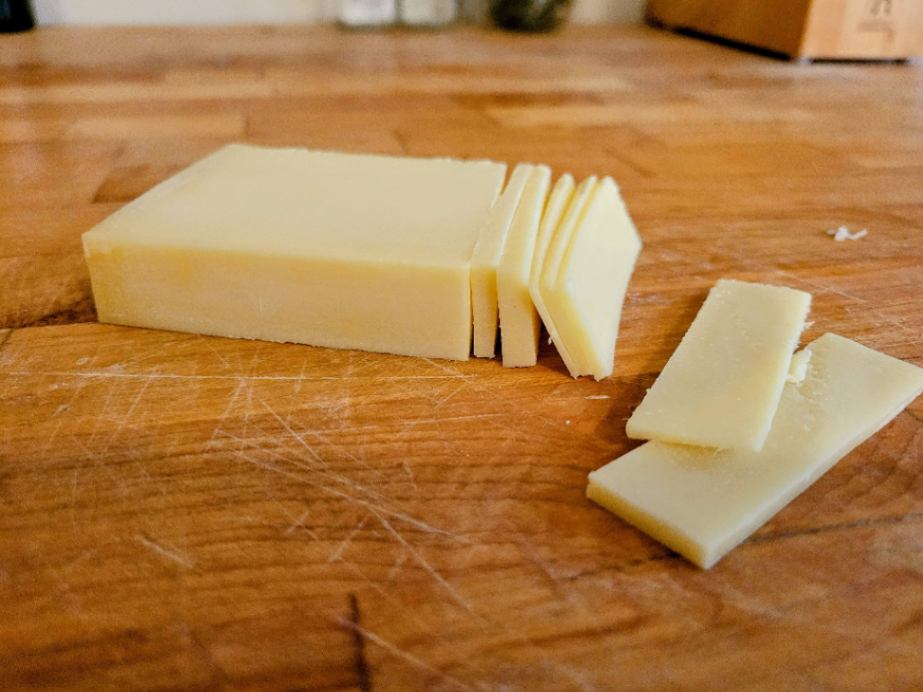
Small crystalline bits, often mistaken for salt, might be encountered in well-aged Gruyère, offering delightful bursts of flavor. These are amino acid clusters and are a sign of proper aging. Its strong and distinctive taste makes Gruyère an ideal choice for fondue, croque monsieur, quiche, and French onion soup, among other dishes.
Substitutes for Gruyere Cheese
Emmental as a Milder Alternative to Gruyère
For a milder alternative to Gruyère cheese, Emmental is an excellent choice. With its pale yellow color and distinctive large holes, Emmental has a slightly nutty flavor that is reminiscent of Gruyère but with a milder taste. It has a smooth and creamy texture that melts beautifully when used in cooking or baking.
Comté Is Nutty and Creamy Like Gruyère
Comté is a good substitute for Gruyère cheese. This French cheese shares similar characteristics with Gruyère, such as its nutty flavor and creamy texture. Comté is made from unpasteurized cow’s milk and aged for several months, resulting in a complex and robust taste that can rival that of Gruyère.
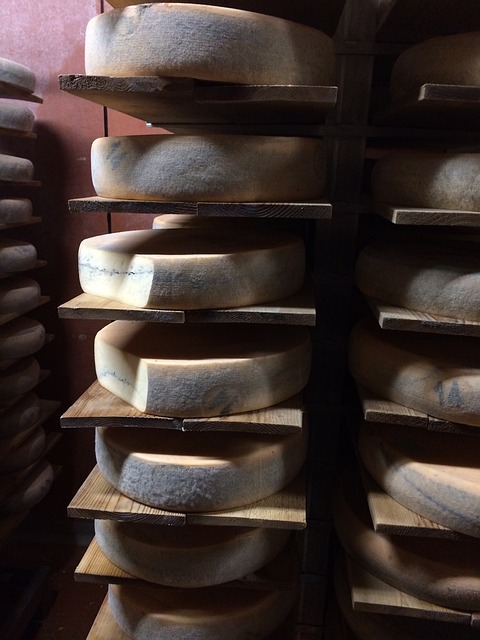
Fontina Has a Gruyère-Like Creaminess
Fontina cheese offers a softer texture while still delivering a rich flavor comparable to that of Gruyère. Originating from Italy, Fontina has a mild yet savory taste with hints of earthiness. Its semi-firm consistency makes it perfect for melting over dishes like gratins or incorporating into sandwiches and paninis. For more information, check my article on what Fontina cheese tastes like.
| Emmental | Comté | Fontina | |
|---|---|---|---|
| Pros | Milder flavor compared to Gruyère | Nutty flavor profile akin to Gruyère | Rich flavor reminiscent of Gruyère |
| Melts well when heated | Creaminess enhances the mouthfeel of dishes | Melts easily for gooey, cheesy dishes | |
| Creamy texture adds richness to dishes | Aged nature adds depth and complexity | Versatile in various recipes | |
| Cons | May not have the same depth of flavor as Gruyère | Can be more expensive than other alternatives | Texture may not be as firm as Gruyère |
| Holes may vary in size, affecting the overall appearance | Availability may vary depending on location | Flavor profile can vary depending on age/origin |
Culinary Uses for Gruyere Cheese
Gruyere cheese is a versatile ingredient that can elevate the flavors of many dishes. Its distinct taste and meltability make it a popular choice in various culinary applications.
Melting in Sandwiches, Quiches, and Gratins
One of the best ways to enjoy the creamy and nutty flavor of Gruyere cheese is by melting it into sandwiches, quiches, and gratins. The melting process brings out its rich flavors and gives a gooey texture that perfectly complements other ingredients.
- Grilled Cheese: Try adding slices of Gruyere to your favorite grilled cheese sandwich for an extra layer of depth and richness.
- Quiche: Whip up a savory quiche with Gruyere cheese as one of the main ingredients. The cheese will melt beautifully into the custard filling, creating a luscious texture and enhancing the overall flavor profile.
- Potatoes Au Gratin: When making gratins, such as potato or vegetable gratin, sprinkle grated Gruyere on top before baking. As it melts and browns in the oven, it forms a crispy crust that adds both flavor and texture to the dish.
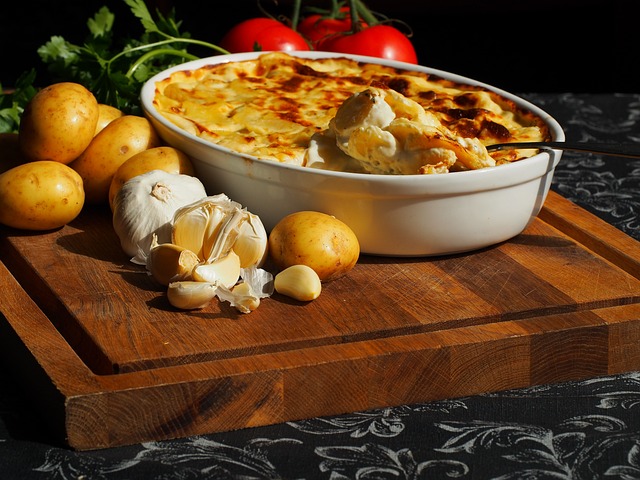
Adds Depth to Macaroni and Cheese or Potato Dishes
Gruyere cheese is an excellent choice when you want to take your macaroni and cheese or potato dishes to the next level. Its complex flavors add depth and sophistication to these classic comfort foods.
- Gruyere Macaroni and Cheese: Swap out some or all of the cheddar in your macaroni and cheese recipe with Gruyere for a more nuanced flavor profile. The nuttiness of Gruyere pairs wonderfully with pasta, creating a velvety sauce that will leave you craving more.
- Gruyere Potatoes: For potato dishes like scalloped potatoes or mashed potatoes, mix in some shredded Gruyere cheese. The cheese melts beautifully into the potatoes, creating a creamy and cheesy texture that will have you coming back for seconds.
Shreds Well for Topping Soups or Salads
Another way to enjoy Gruyere cheese is by shredding it and using it as a topping for soups or salads. Its sharp and slightly sweet flavor can add a delightful finishing touch to these dishes.
- Salad Topping: Add some grated Gruyere to your favorite salad for an extra burst of flavor. Its distinct taste pairs well with greens like arugula or spinach, adding a savory note to the overall salad experience.
- French Onion Soup: Sprinkle shredded Gruyere on top of French onion soup before broiling it in the oven. The cheese will melt and form a golden crust that adds richness and complexity to the soup.
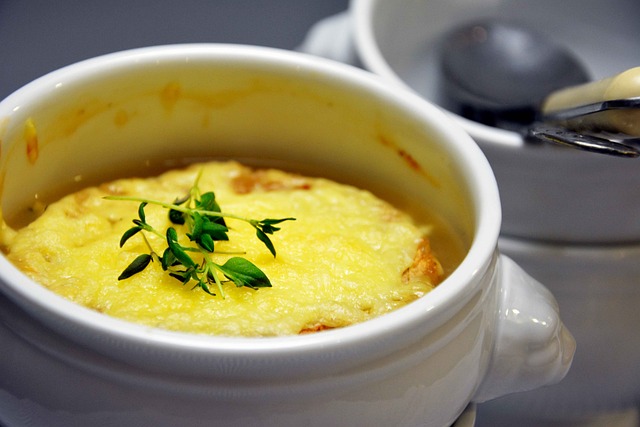
Pairing Gruyère with Swiss and Alpine-Style Varieties
Several Swiss and Alpine-style varieties make great companions. Let’s dive into some delicious pairings that will take your culinary creations to the next level!
Combining Gruyère with Emmental for a Classic Fondue
Gruyère and Emmental are an excellent match. The nutty and slightly sweet flavor of Gruyère complements Emmental’s mild buttery taste perfectly. Together, they create a smooth and creamy texture that is perfect for dipping bread, vegetables, or even apples!
Pairing Gruyère with Appenzeller Enhances Nutty Flavors
Pairing Gruyère with Appenzeller is an excellent choice. Appenzeller is another Swiss cheese known for its rich and robust taste, and when combined with Gruyère, it adds depth and complexity to your dishes. From croque monsieur sandwiches to creamy potatoes au gratin, this dynamic duo will elevate any recipe that calls for melted cheese.
Gruyère with Raclette Adds Complexity to Melted Cheese Dishes
Raclette is a semi-hard cheese from Switzerland known for its melting capabilities and subtle hints of hazelnut. For those who enjoy the complex flavors of melted cheese dishes, mixing Gruyère with Raclette is a winning combination. When melted together with Gruyère, it creates a gooey and flavorful concoction that can be used in various dishes like raclette dinners or baked macaroni and cheese.
When experimenting with these pairings, it’s important to consider the melting properties of each cheese. Gruyère melts smoothly and evenly, making it ideal for dishes like gratins, quiches, or even a gooey grilled cheese sandwich. Emmental, on the other hand, has larger holes and a more elastic texture when melted. This makes it perfect for fondue or as a topping for burgers and sandwiches.
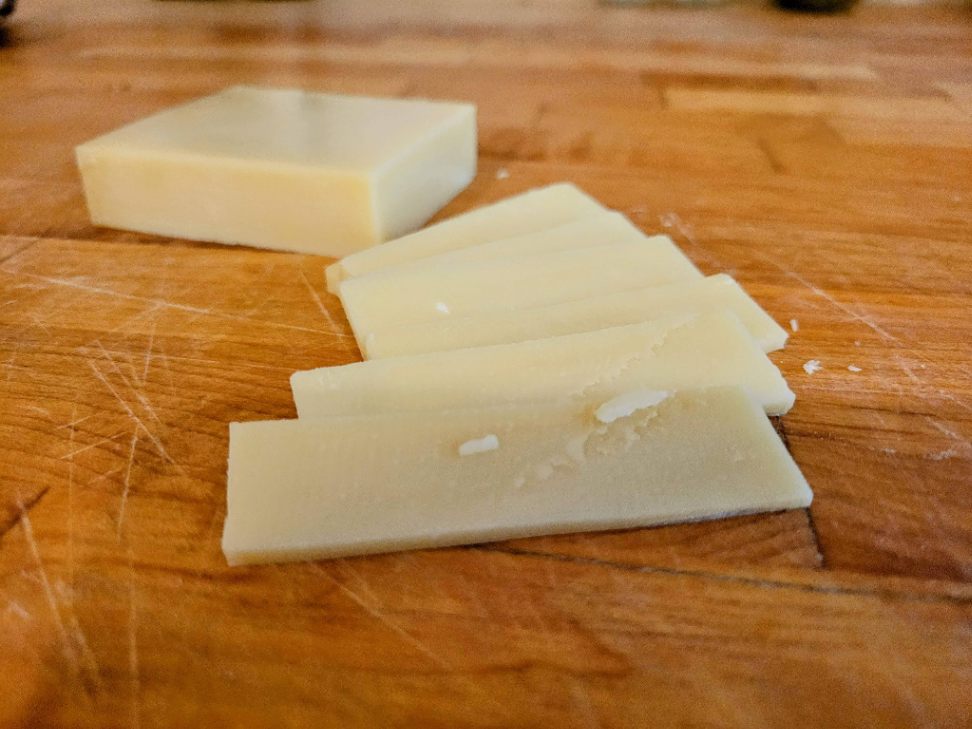
Remember that taste preferences can vary from person to person, so don’t be afraid to mix and match different cheeses based on your own palate. The key is to have fun with the flavors and explore new combinations that excite your taste buds.
The Best Wine Pairings for Gruyère
If you’re wondering what wines go well with Gruyère, we’ve got you covered. Here are some top choices that complement the flavors of this Swiss cheese.
White Wines: Chardonnay or Sauvignon Blanc
Chardonnay and Sauvignon Blanc are excellent options to pair with Gruyère. Chardonnay is known for its rich and buttery flavors, which perfectly complement the nutty and slightly sweet taste of Gruyère. The creamy texture of Chardonnay helps balance out the richness of the cheese.
On the other hand, Sauvignon Blanc offers a crisp and refreshing flavor profile that pairs well with the creamy texture of Gruyère. The citrus notes and herbal undertones of Sauvignon Blanc provide a delightful contrast to the savory flavors of the cheese.
Red Wines: Burgundy or Pinot Noir
If you prefer red wine, Burgundy and Pinot Noir make fantastic choices when enjoying Gruyère.
Burgundy wines, particularly those made from the Pinot Noir grape variety, have a delicate yet complex flavor profile that complements the earthiness of Gruyère. The fruity notes in these wines enhance the nutty characteristics of the cheese.
Pinot Noir, known for its light to medium body, brings out the subtle flavors in Gruyère without overpowering them. Its smooth tannins and bright acidity create a harmonious balance when paired together.

Sweet Wines: Riesling or Gewürztraminer
For those who enjoy sweeter wines, Riesling and Gewürztraminer are excellent choices to accompany Gruyère.
Riesling offers a perfect balance of sweetness and acidity, making it an ideal match for the complex flavors of Gruyère. Its fruity and floral aromas enhance the cheese’s nutty undertones.
Gewürztraminer, with its aromatic and spicy characteristics, provides an interesting contrast to the creamy texture of Gruyère. The wine’s lychee, rose petal, and ginger notes add a unique dimension to the overall tasting experience.
When pairing wine with Gruyère or any other cheese for that matter, it’s important to consider the intensity of both the wine and the cheese. Lighter wines generally pair well with milder cheeses, while fuller-bodied wines can stand up to stronger flavors.
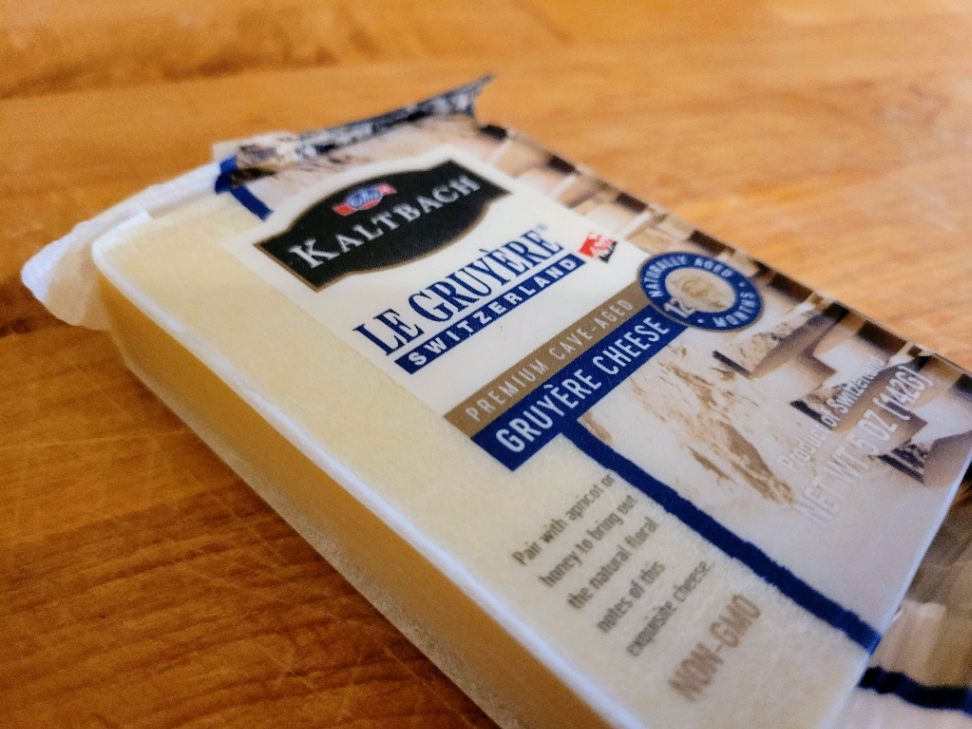
Conclusion
Gruyère is a testament to Switzerland’s expertise in cheese-making craft, with its intricate flavor profile, spanning sweet and nutty to savory and earthy notes. Whether savored on its own, melted into a culinary creation, or thoughtfully paired with wine, Gruyère is an indulgence that captures the heart of connoisseurs and novices alike.
While alternatives like Emmental, Comté, and Fontina possess their own allure, Gruyère remains an enduring favorite. Its harmonious fusion with wine elevates the sensory experience, creating an unforgettable culinary journey. For those passionate about cheese and even casual admirers, delving into the world of Gruyère promises a tantalizing reward with every bite.
Whether you’re melting it over a dish or sipping wine alongside, Gruyère offers an unparalleled gourmet delight. So, the next time you seek a slice of culinary heaven, let the timeless charm of Gruyère be your guide.
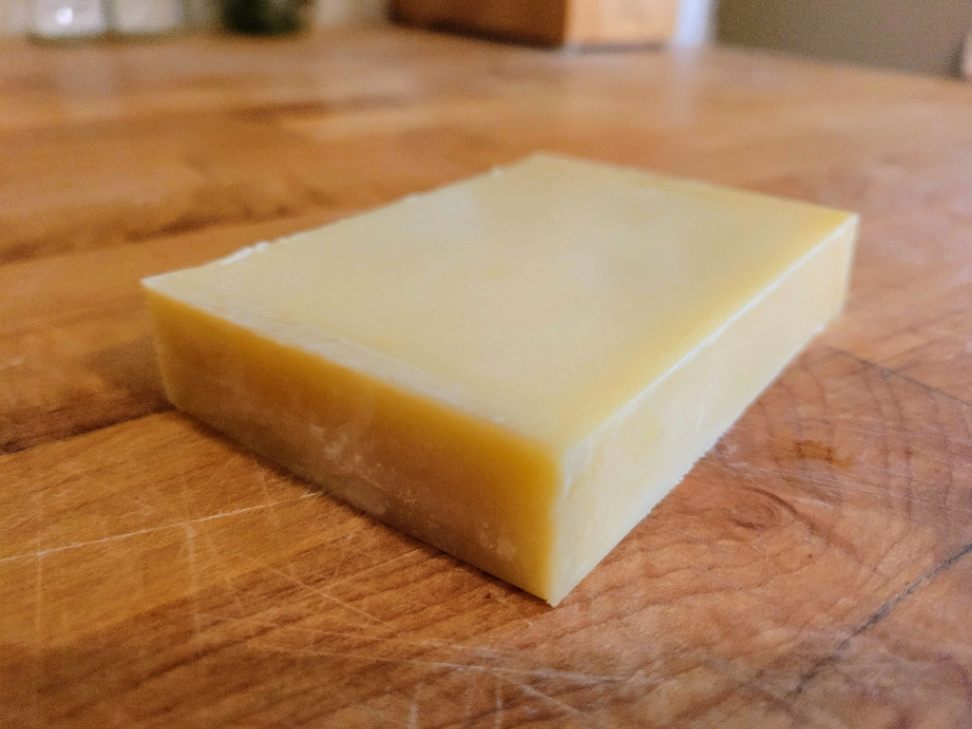
Frequently Asked Questions (FAQs)
What are some other cheeses similar to Gruyère?
If you’re looking for alternatives to Gruyère, Emmental and Comté are two excellent options. They share similar nutty flavors and melt beautifully, making them great choices for recipes that call for Gruyère.
Can I use Gruyère in macaroni and cheese?
The creamy texture and distinct flavor of Gruyère make it an ideal choice for adding depth to macaroni and cheese dishes. Try combining it with cheddar for a delightful twist on this comforting classic.
Is Gruyère suitable for lactose-intolerant individuals?
While Gruyère does contain lactose, many people with lactose intolerance find they can tolerate aged cheeses like Gruyère without any issues. However, everyone’s tolerance is different, so it’s best to consult with a healthcare professional if you have specific concerns.
How should I store my leftover Gruyère?
To keep your leftover Gruyère fresh, wrap it tightly in plastic wrap or place it in an airtight container. Store it in the refrigerator and try to use it within a week for optimal flavor.
Can I freeze Gruyère cheese?
You can freeze Gruyère cheese. However, freezing may affect its texture slightly, making it crumbly upon thawing. It’s best to grate or shred the cheese before freezing, as this makes it easier to portion out when needed.

